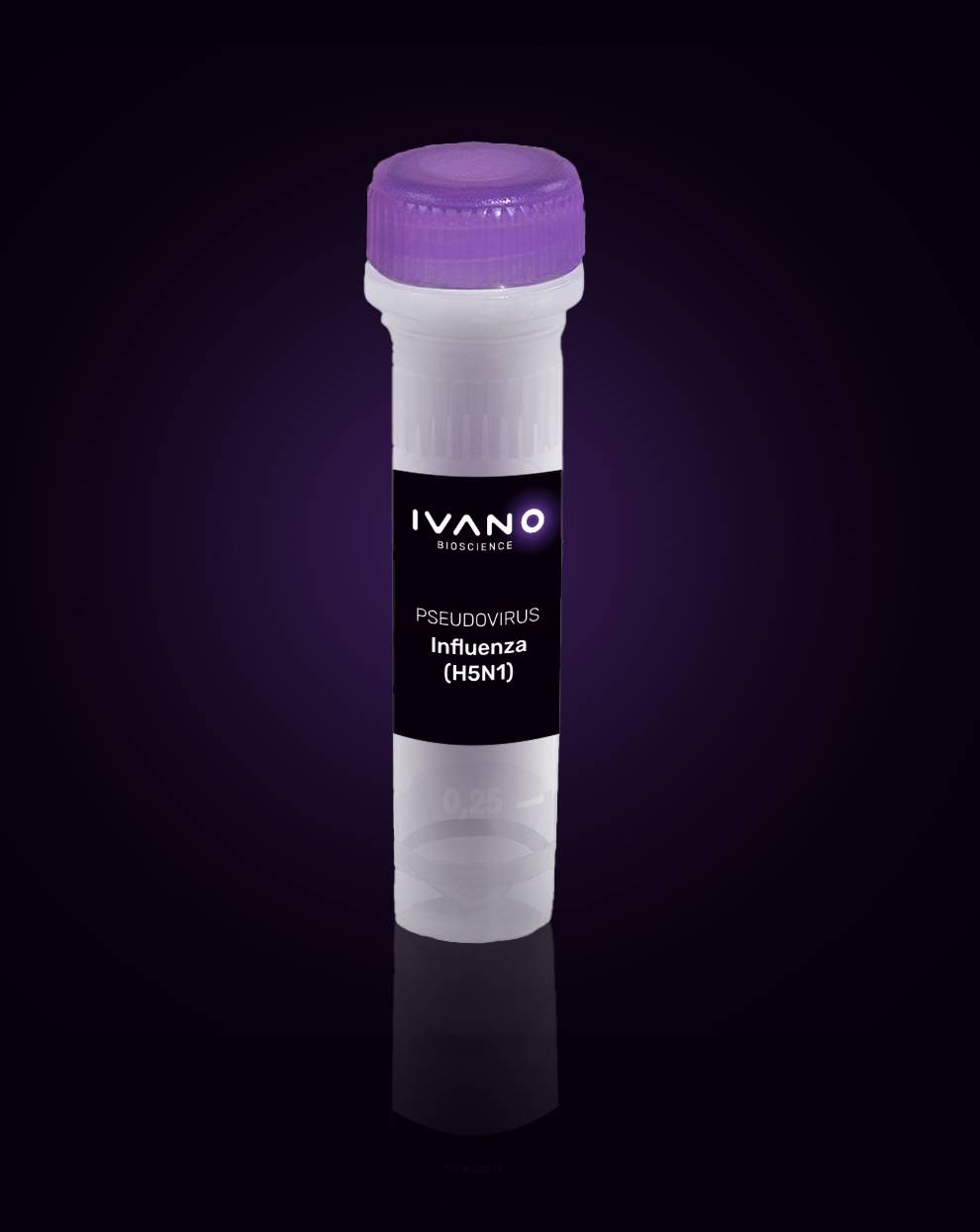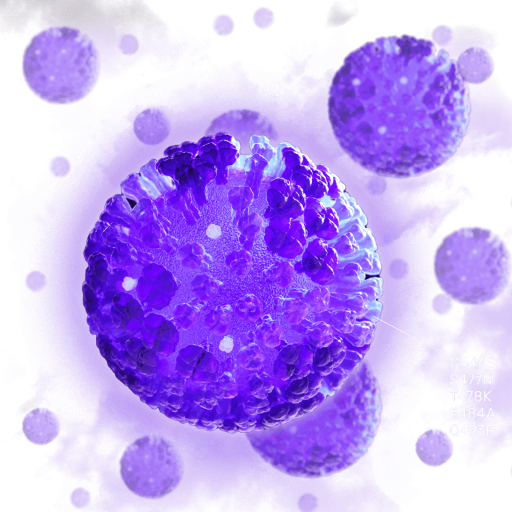H5N1 Influenza Pseudovirus
Comprehensive Neutralization Assay Solutions for Advancing Influenza Research

Influenza Stain: A/Viet Nam/1194/2004 (H5N1)
We produce a pseudovirus pseudotyped exclusively with the hemagglutinin protein of the influenza strain A/Viet Nam/1194/2004(H5N1) (GenBank: EF541402.1), which was responsible for the outbreak in China in 2004.
Infectious titer of at least 104 RLU/µL
Stable for at least 6 months at -80°C
Resistant to 10 freeze-thaw cycles
Validated in neutralization assay
Perform up to 1,000 reactions per mL
Standard neutralizing antibody available

IVANO's Pseudovirus Advantages
Quality control performed on each batch
Data-proven neutralization
Characterization of thermal stability
Support high-throughput screening

H5N1 Pseudovirus Features
Enhanced safety
Use of a 3rd-generation lentivirus system
Enable specific detection
Expression of hemagglutinin as the sole surface antigen
Sensitive and easy detection
Encoding for firefly luciferase
H5N1 Pseudovirus in Publications
The increasing number of influenza cases caused by the highly pathogenic avian influenza (HPAI) H5N1 has accelerated the need to develop vaccines and antiviral agents against influenza A viruses (IAVs). The pseudovirus neutralization assay, which does not involve infectious viruses and can be performed without a biosafety level 3 laboratory, offers a safe and rapid method for screening neutralizing monoclonal antibodies (mAbs) and antiviral agents targeting the hemagglutinin (HA) of IAVs.
- Development of a safe and convenient neutralization assay for rapid screening of influenza HA-specific neutralizing monoclonal antibodies
- Highly Pathogenic Avian Influenza A(H5N1) Mutants Transmissible by Air Are Susceptible to Human and Animal Neutralizing Antibodies
- Analysis of hemagglutinin-mediated entry tropism of H5N1 avian influenza
H5N1 Pseudovirus Applications
Pseudoviruses provide a safe and versatile platform for influenza virus research and the development of therapeutic countermeasures. Influenza pseudoviruses have several important applications in research and development, including:
Vaccine Development
Neutralizing Monoclonal Antibody Screening
Antiviral Resistance Studies
Fundamental Research on Viral Entry
Treatment Efficacy Testing
H5N1 Influenza Virus Background
The H5N1 influenza virus is an avian subtype of the influenza A virus, characterized by its highly pathogenic nature. Like other influenza viruses, H5N1 has an enveloped structure with a segmented, single-stranded negative-sense RNA genome. Its eight segments, ranging from 890 to 2,341 nucleotides, encode various proteins essential for viral replication and infection. The hemagglutinin (HA) protein plays a crucial role in binding to host cell sialic acid receptors, initiating entry through clathrin-mediated endocytosis. Following endosomal acidification, the virus fuses with the vesicle membrane, releasing its RNA into the nucleus for replication. Epidemiologically, H5N1 is notable for its severe outbreaks in poultry and sporadic transmission to humans, often resulting in a high mortality rate. This zoonotic potential underscores the critical need for monitoring and developing countermeasures against potential pandemics.











